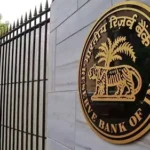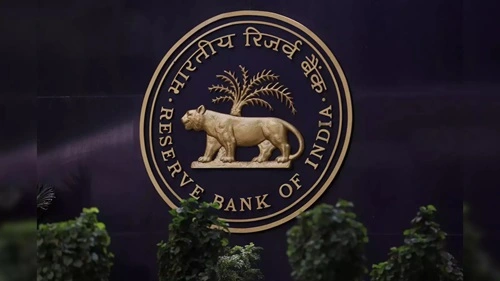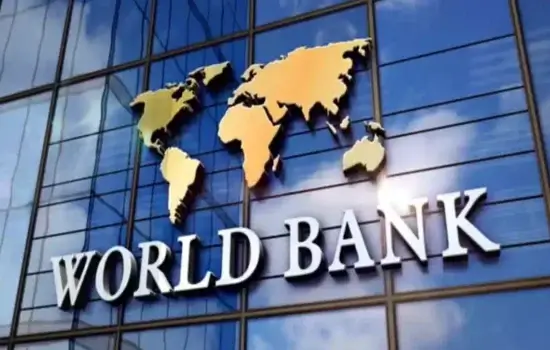The banking industry in 2024 is at a pivotal point, shaped by rapid technological advancements, economic fluctuations, and evolving consumer expectations. Conducting a SWOT analysis (Strengths, Weaknesses, Opportunities, and Threats) of this industry helps understand the challenges and opportunities that lie ahead. This analysis offers insights into the industry’s current status and how it can navigate the future.
Current Overview of the Banking Industry
The global banking industry continues to grow steadily, despite the ongoing challenges posed by economic uncertainties and technological disruptions. The sector has shown resilience, with a growth rate of 2.17% and an increase in employment, adding around 360,000 new jobs globally. Major hubs like the US, India, UK, Germany, and Canada remain critical to the industry’s operations, while innovation continues to be a driving force, with over 10,000 patents filed in the past year alone.

SWOT Analysis of the Banking Industry
Strengths
1. Financial Stability and Trust: Banks have traditionally been seen as safe havens for money, offering security and trust to customers. This stability is crucial, especially during economic uncertainties when consumers seek reliable institutions to safeguard their assets.
2. Global Reach and Influence: With a vast network across the globe, banks have a significant impact on the world economy. Their ability to facilitate international trade and investments underscores their importance in global finance.
3. Technological Adoption: The banking industry has increasingly adopted advanced technologies such as AI, blockchain, and data analytics. These technologies enhance customer service, improve operational efficiency, and create new financial products that cater to the evolving needs of consumers.
Weaknesses
1. Vulnerability to Cybersecurity Threats: As banks embrace more digital platforms, they become more vulnerable to cyber-attacks. This risk is heightened by the slow pace at which some banks adopt the latest security technologies, leaving them susceptible to breaches that could compromise customer data.
2. High Operational Costs: Maintaining a large network of physical branches and a significant workforce leads to high fixed costs. This dependence on physical infrastructure strains profitability, especially as more customers shift towards digital banking.
3. Slow Decision-Making: The hierarchical and bureaucratic structure of many banks leads to slow decision-making processes. This lack of agility can hinder innovation and delay responses to market changes or regulatory shifts.
Opportunities
1. Expansion into Rural Areas: There is a significant opportunity for banks to expand their services into underbanked rural areas. By doing so, they can tap into a new customer base and promote financial inclusion.
2. Partnerships with Fintech: Collaborating with fintech companies can drive innovation, offering enhanced financial solutions and services. Such partnerships can help traditional banks stay competitive by integrating cutting-edge technologies.
3. Sustainable and Green Banking: As environmental consciousness grows, banks have the opportunity to offer green financial products and invest in sustainable projects. This shift towards sustainability can attract eco-conscious customers and investors.
Threats
1. Economic Uncertainty: The global economy remains unpredictable, with inflation, rising interest rates, and geopolitical tensions posing significant risks to the banking industry. These factors can lead to increased loan defaults, reduced consumer spending, and tighter regulatory scrutiny.
2. Competition from Non-Traditional Players: The rise of fintech companies and digital banks presents a significant challenge to traditional banking institutions. These new players often offer more agile, user-friendly, and innovative solutions, threatening the market share of established banks.
3. Regulatory Changes: The banking industry is heavily regulated, and any changes in regulations can have a profound impact on operations. Compliance with new regulations often requires significant resources, which can strain smaller banks and limit their growth potential.
Conclusion
The banking industry in 2024 is characterized by a complex mix of strengths and challenges. While the industry benefits from financial stability, global influence, and technological advancements, it faces significant threats from cybersecurity risks, economic uncertainty, and increasing competition. However, by capitalizing on opportunities such as fintech partnerships, rural expansion, and green banking, the industry can continue to thrive and evolve. The future success of the banking sector will depend on its ability to adapt to changes and innovate while maintaining the trust and stability that customers expect.



















